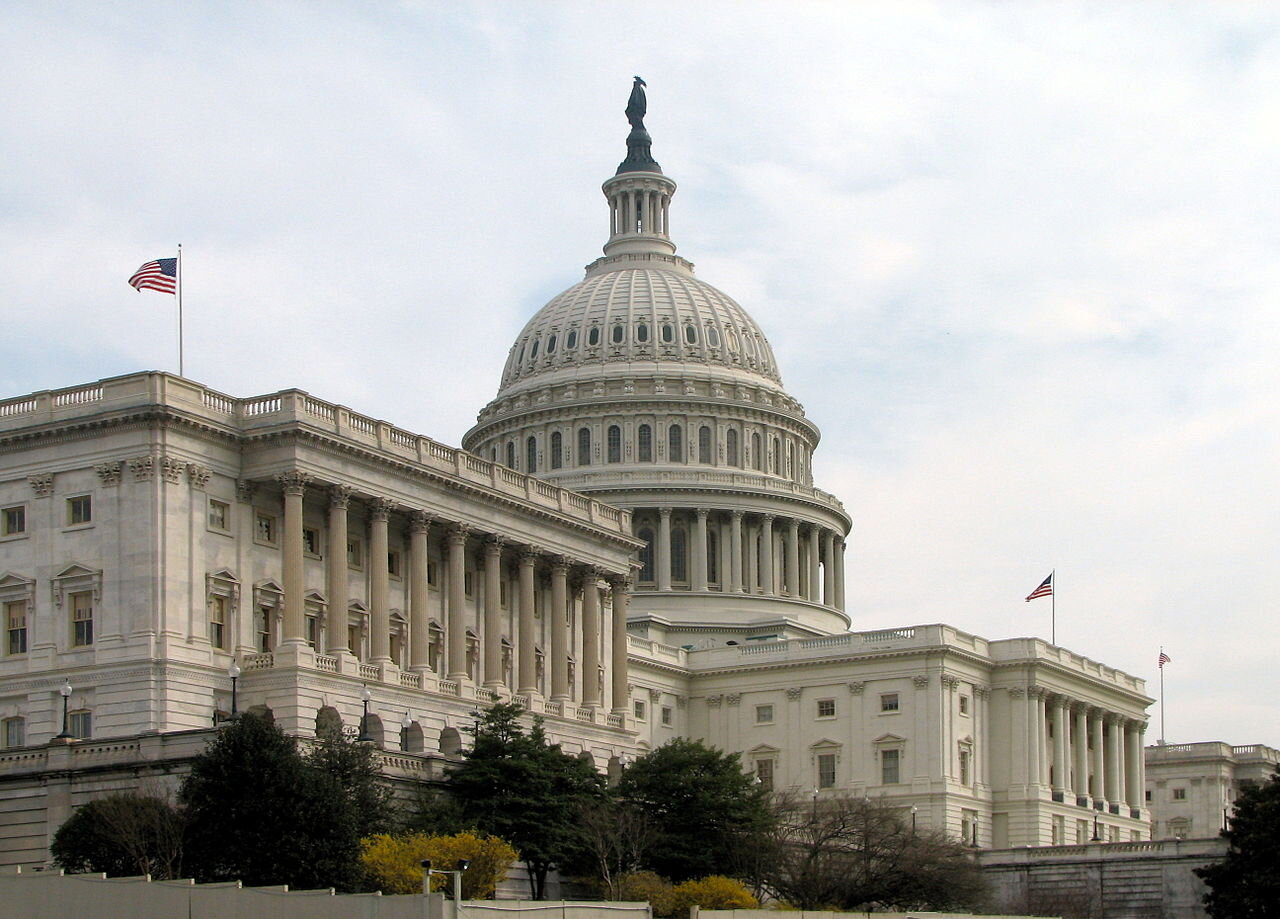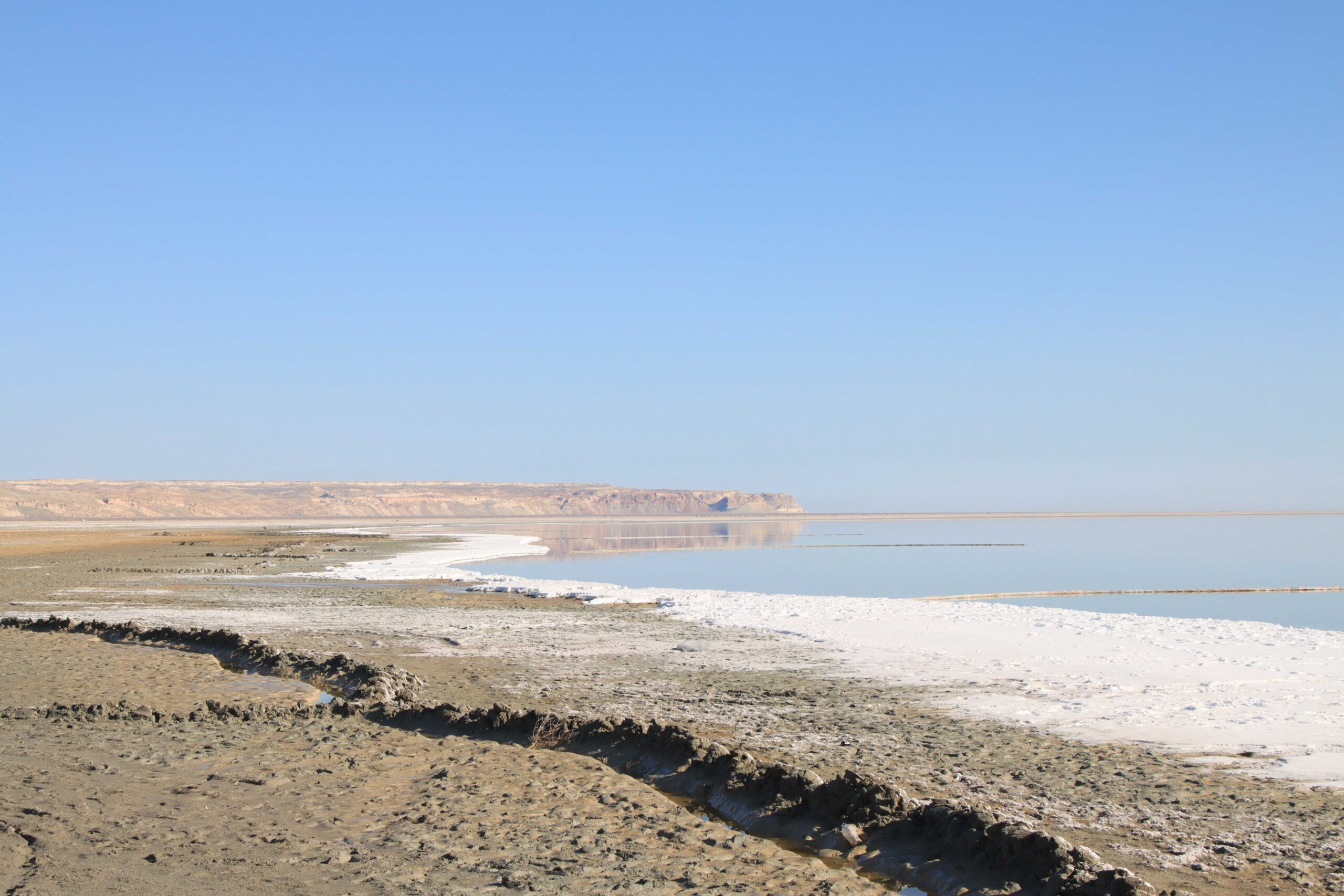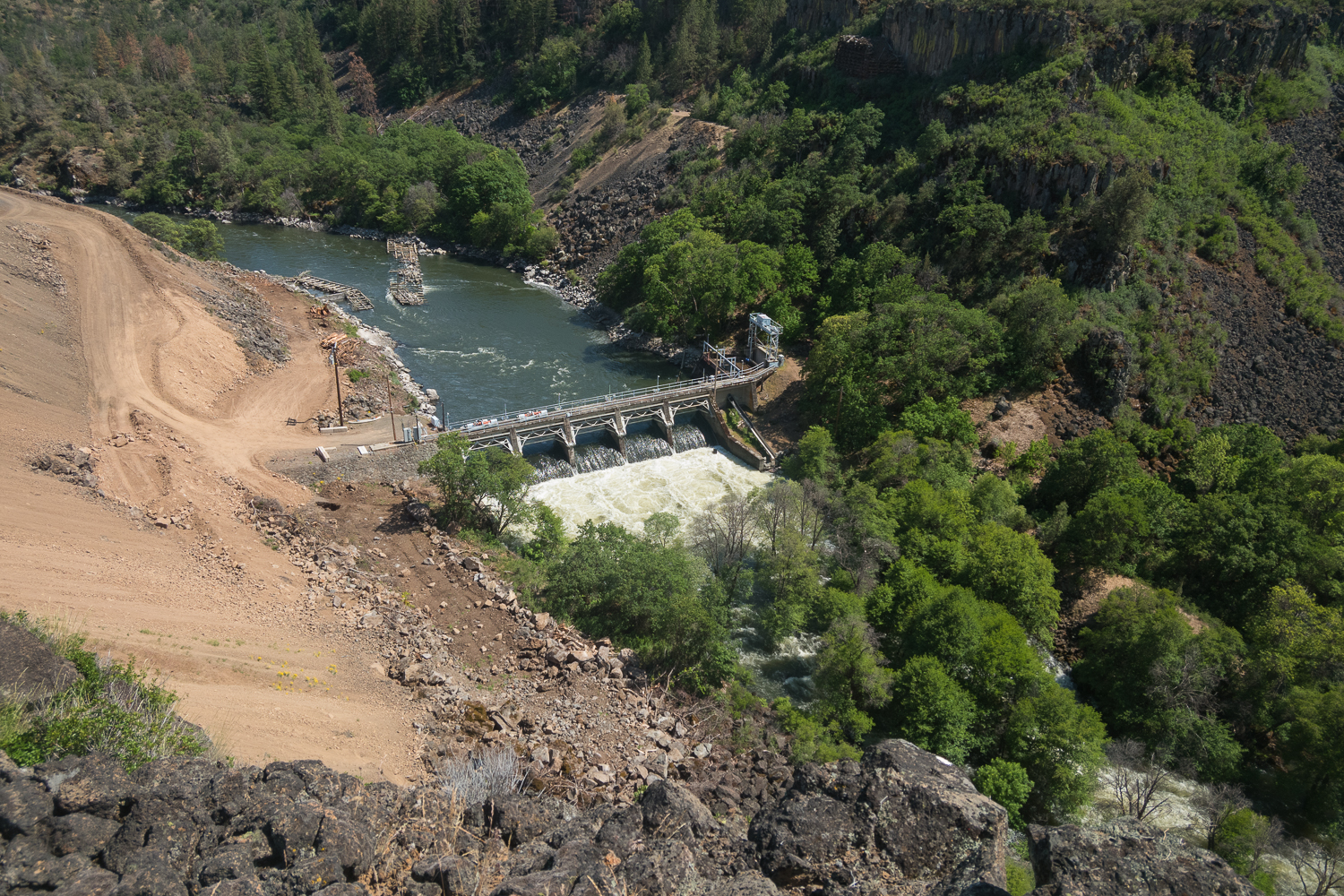A new scientific model of climate change is demonstrating that zeroing human emissions is only the start of what societies would have to do in order to avoid, what they describe as, “self-sustained” melting of the permafrost layers in the Arctic.
It’s been awhile since there was an “Inconvenient Truth” moment in our culture; a moment where the dangers of unmitigated climate change are perfectly captured and widely shared.
However those moments are happening, just without millions of people seeing them according to researchers at the Norwegian Business School, Oslo, where a new paper demonstrates that the amount of greenhouse gases emitted into the atmosphere between 1850 and 1970 were already enough to send the earth into a state of sustained ice and permafrost melt, and that every ounce after is merely accelerating the process.
“The modelling suggests that under conditions where anthropogenic greenhouse gas emissions peak during the 2030s and decline to zero by 2100, global temperatures will be 3°C warmer and sea levels 3 metres higher by 2500 than they were in 1850,” reads a press release on the study’s publishing.
However even under conditions where all anthropogenic greenhouse gas emissions had been reduced to zero today, the authors estimate that, after an initial decline, global temperatures will still be around 3°C warmer and sea levels will rise by around 2.5 metres by 2500.
2500 is a long way off, but it suggests the bill will come due eventually, unless globally societies extract 33 gigatonnes of carbon from the atmosphere from “2020 onward”.
A sword of damocles
While the International Energy Agency’s recently-updated report on global use, investment, and future in renewable energy forecasted simply staggering levels of financing, growth, and adoption for the fields of wind, solar, and hydro power, the paper’s lead author Jørgen Randers, professor emeritus in climate studies at Norwegian Business School suggests that bringing human greenhouse gas emissions to zero would only prevent 2.5°C of warming in this century only, but that it would buy humanity valuable time.
“If it [zero emissions] is done linearly from 2020 to 2050, it alone is enough to keep the temperature below the Paris goal in this century, and it will give us more time to get in place largescale removal of CO2 from the atmosphere in the following 100-150 years,” Randers told World at Large.
“I believe that humanity will respond to the climate challenge – but so slow that the temperature will reach 2.5°C in this century,” he added.
Cutting greenhouse gas emissions is certainly easier than extraction, but a number of strategies exist, and how effective they are depends on whose long-term modeling you’re using.
What goes up really must come down
Some have suggested that reforestation on a global scale, for example the rather arbitrary number of 1 trillion trees, would be enough to soak up, through photosynthesis, all the carbon humans produce yearly, and that further cuts to anthropogenic emissions would allow the extra forests to bring down excess carbon from the atmosphere.
This idea of 1 trillion trees has caught on, and the World Economic Forum’s 1 Trillion Tree Initiative that’s headed by WWF and Bird Life International has the same idea — that because trees breathe in carbon dioxide and sequester it in their roots, planting more trees will pull more carbon out of the atmosphere.
This has spawned many international tree-planting initiatives over the last decade, including Africa’s Great Green Wall, and many others.
However under the microscope, the theory has been suggested to be flawed and incomplete, as natural phenomenon like fires and drought, as well as processes like decay, combined with human factors like logging mean that tropical forest ecosystems are actually carbon sources, not sinks.
“Reforestation will not suffice on its own,” said Randers, whose modeling takes into account the regrowth of biomass as a function of carbon concentration and a warming climate, and the shift of ecosystems across the planet as temperatures rise.
What’s far more likely to work is the reforestation of marine-vegetation — algae beds, seagrass meadows, and mangrove forests can sequester carbon much faster and more permanently than terrestrial trees.
“We have made simulation runs to test how fast humanity must extract CO2 from the atmosphere in order to stop the self-sustained melting of the permafrost. It does require removal of 33 gigatonnes of CO2 per year from now on,” added Randers. “But we do stress that it is fully possible to do more [to] phase out fossil fuels, prepare large scale removal of CO2 – and at a cost to world GDP which is totally acceptable as I see it”.
Continue exploring this topic — ‘Negligible’ say Scientists: COVID-19 Shutdown Unlikely to Affect Climate Change, But What About Animals?
Continue exploring this topic — America’s Largest Solar Plant Construction Approved with the Potential to Power 260,000 Homes




